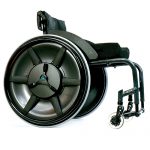research
September 1, 2011
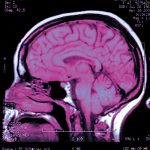
Field test for brains
Pierre Mourad, associate professor of Neurological Surgery, has received a grant of $2,602,379 from the U.S. Department of Defense to develop a rugged, field-deployable imaging device for traumatic brain injuries.
June 1, 2011
Hidden cost of transit
Many people are exposed to health and safety issues in the workplace, but how many think about the risk of the commute? Rick Neitzel, research scientist in the UW Department of Environmental & Occupational Health Sciences, does.
No radiation threat
In the aftermath of the earthquake damage at Japan’s Fukushima Nuclear Plant, UW physicists decided to find out if the leaked radiation had traveled 5,000 miles across the Pacific Ocean to Seattle’s UW campus.
March 1, 2011
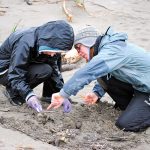
Sink to Sound
Researchers are using a new method for collecting old-fashioned data: They are employing real people—citizen scientists—to study changes in the environment.
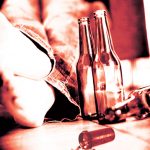
An eye on soldiers
The U.S. Department of Defense awarded a five-year grant to the University of Washington School of Social Work’s Innovative Programs Research Group to develop and test an intervention for at-risk soldiers.
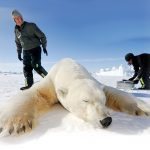
Hope for polar bears
Scientists from several institutions, including the U.S. Geological Survey and the University of Washington, have found that if humans reduce greenhouse gas emissions significantly in the next 10-20 years, enough Arctic ice is likely to remain intact during late summer and early autumn for polar bears to survive.
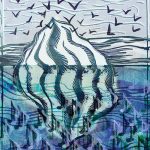
Iceberg's tune
We love the enchanting songs of whales, the clicks and squeals from porpoises. And now, a University of Washington oceanographer has brought us more melodies from the deep.
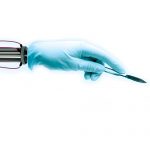
Hacking Kinect
The UW Biorobotics Lab came up with an intriguing idea: adding sensory feedback to see if the Xbox Kinect could be a training method for students learning to perform surgery.
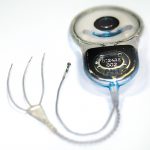
Surgery offers hope
University of Washington surgeons in October performed the world’s first surgical procedure to implant a device that could give hope to millions of people suffering from Ménière’s disease — an insidious, mysterious disorder.
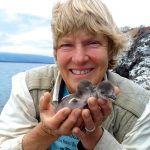
Penguin pad
Dee Boersma and her team spent the last three weeks of September in the Galápagos Islands, building 120 nests for the endangered Galápagos penguins.
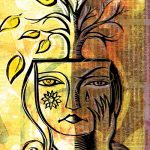
Stigma of mental illness
To Jennifer Stuber, the stigma associated with mental illness is black and white: that is, it’s right there in the newspaper.
September 1, 2010
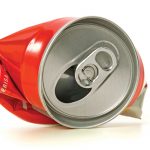
Food junked
The UW’s Center for Public Health Nutrition got in on the fat-busting act, pioneering new research into the relationship between convenient, cheap food and our nation’s ever-growing waistlines.
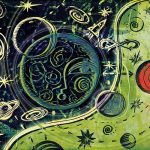
Orbit of influence
Weird neighbors make life more challenging. That’s a well-established principle here on Earth, but it turns out to apply in deep space as well, according to new research.
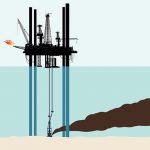
Oil spill detectives
Two UW mechanical engineering professors were tapped by the federal government earlier this year to help figure out the amount of petroleum spilling from the Deepwater Horizon blowout in the Gulf of Mexico
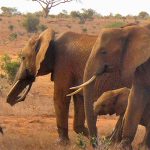
Elephant vs. bird
Elephants may be the biggest factor in the impending disappearance of a tiny bird.
June 1, 2010
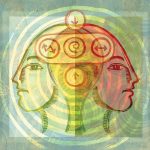
Thought process
You might not think what you think you think. That’s the conclusion arising from the Implicit Association Test, a tool developed by UW Psychology Professor Anthony Greenwald to measure people’s unconscious attitudes.

Greener roads
A UW team has helped develop the world’s first system to rate the sustainability of road construction and maintenance projects.
March 1, 2010
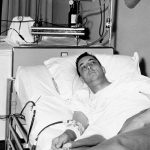
Life-saving loophole
Fifty years ago, UW doctors developed the Scribner shunt, a simple device that created a literal loophole in the death sentence doled out to those suffering with end-stage kidney disease.
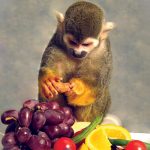
Seeing red
Jay and Maureen Neitz, who joined the UW School of Medicine faculty in 2008, reported in the journal Nature that they had cured color-blindness in two squirrel monkeys using gene therapy.
